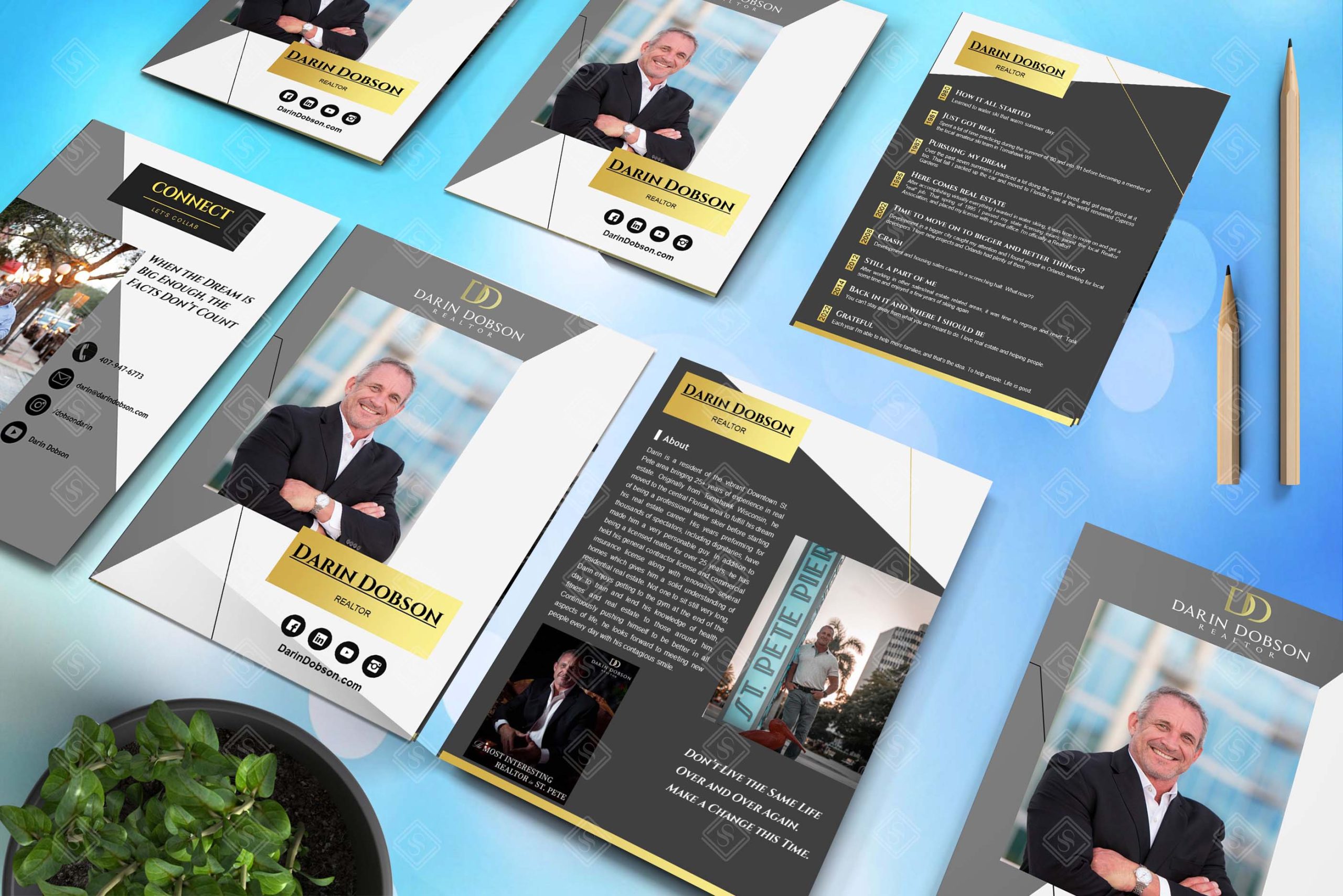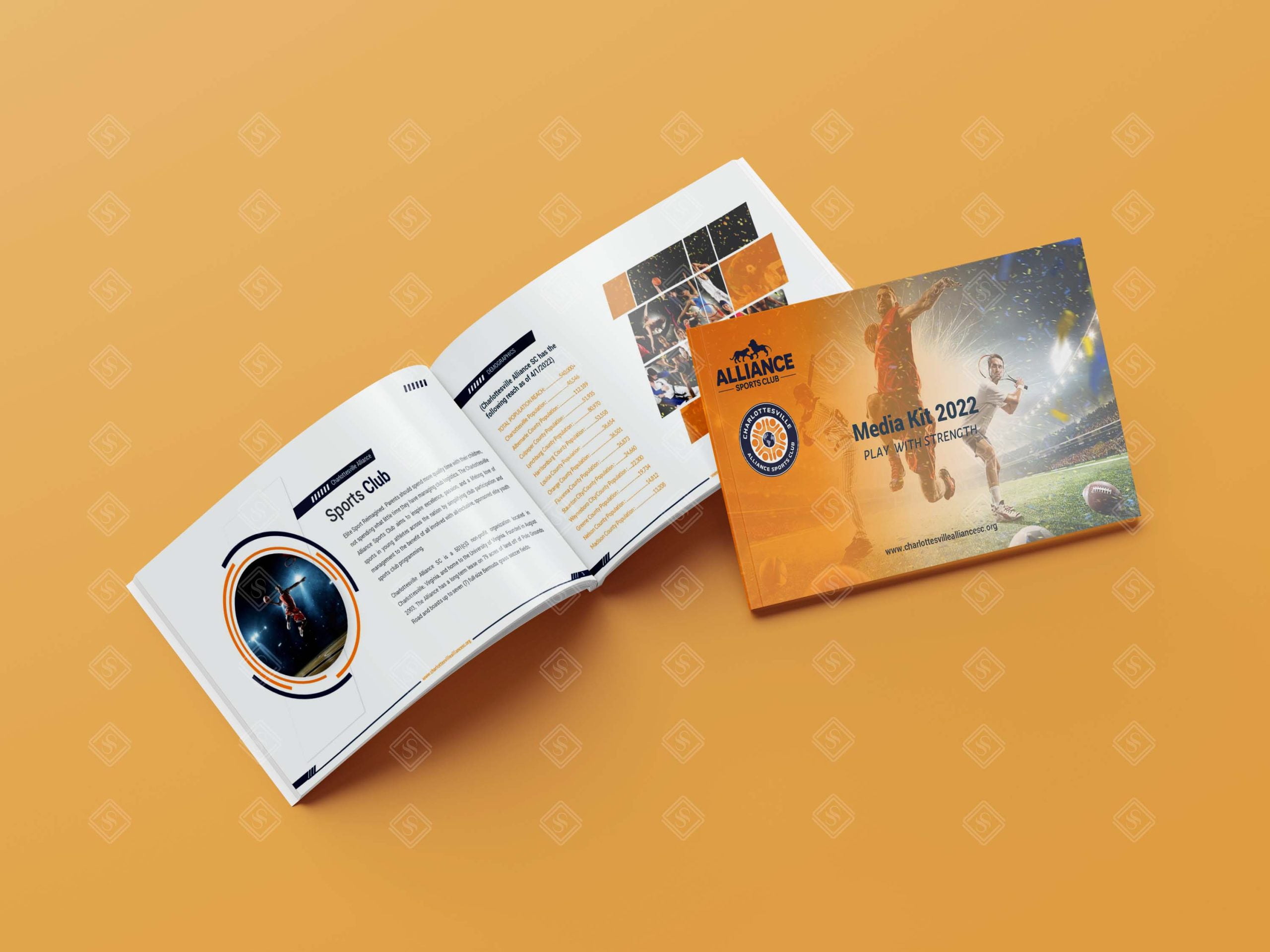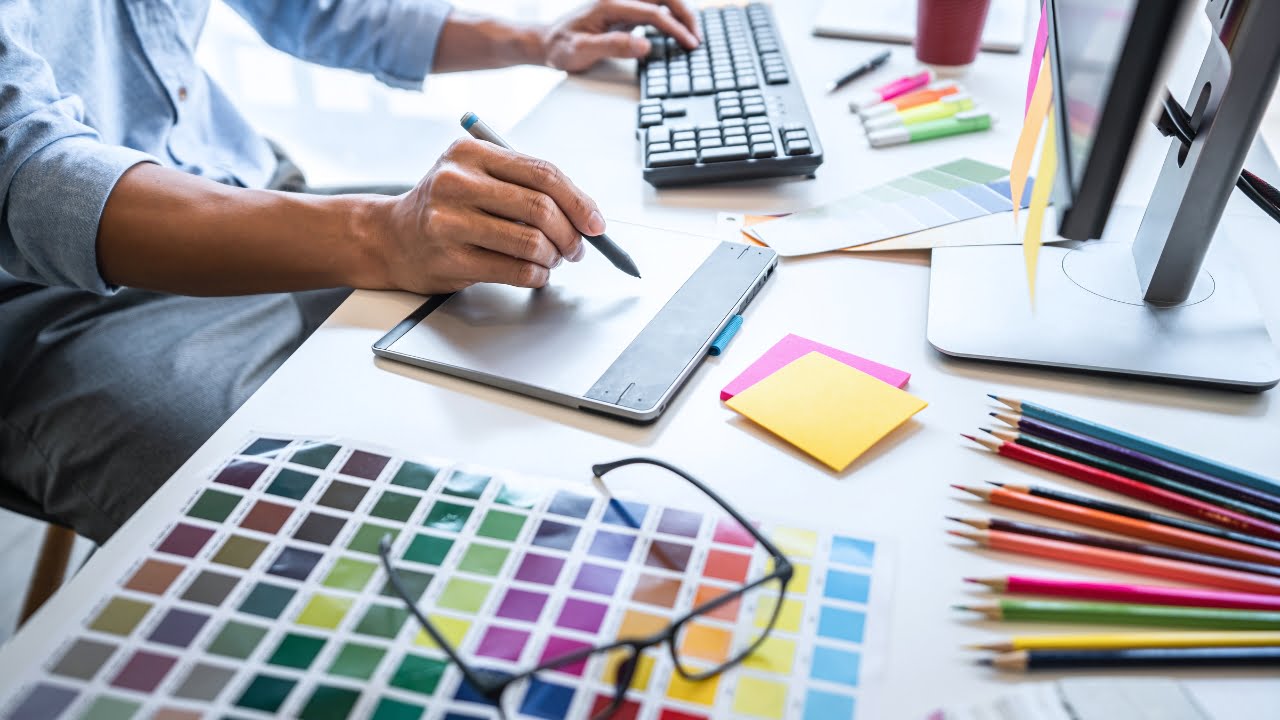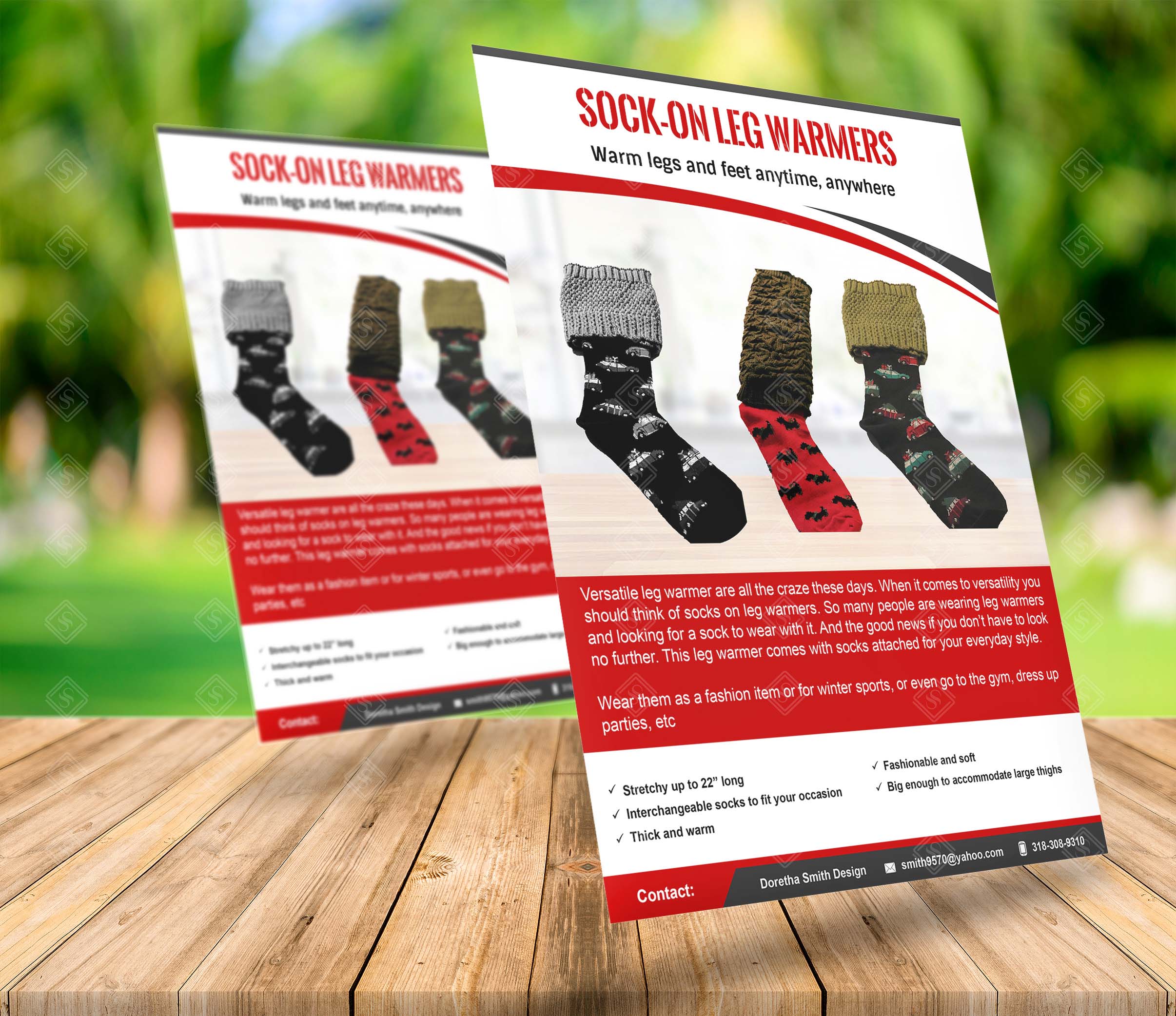
How to Design a Brochure That Captivates and Converts?
A brochure is a multi-page printed document used to introduce a company, product, or service. It typically includes images, text, and design elements to convey information engagingly. Think of it as a mini-magazine focused on promoting something specific.
Brochures As Tangible Marketing Materials
Flipping through the pages of a brochure is one of the best ways to experience the contemporary approach to sales. They are real-life experiences, easy for people to recall and also provide relief from the screen devices. Customer brochures are like mini-billboards that customers can touch, turn over and pass on to other potential buyers. It is a universal marketing instrument that focuses on supporting online campaigns.
The Role Of Brochures In The Customer Journey
Brouchers are versatile and are easily integrated into the flow of how a customer interacts with a company. They can tell customers about your brand, describe your products or services, or simply take them through steps to buying.
The Impact Of Design On Brochure Effectiveness
Designs have a vital role in the overall effectiveness of the brochures. An ideal brochure is actually like a short story. It captures the audience’s attention conveys the message without any confusion and gives the audience something to think about after it’s over. Graphics together with best texts keep the interest of the reader.

Understanding Your Target Audience
One of the oldest and most effective rules to marketing is always knowing who you are marketing to. Deepen your understanding of the people in front of you. What drives these customers, what do they require and dislike? Who they are, what they like to do, where they go and what online space they frequent.
- Defining Your Ideal Customer: Draw a picture of your ideal customer to the last detail. Imagine their world. What obstacles are in their way? This one follows on from the previous question and seeks to identify the objectives that different people or groups are pursuing. The further you get, the easier it becomes to communicate, and the more specific the message becomes.
- Aligning Your Brochure to Your Audience: Develop your brochure for your targeted client. Talk to them in an understandable language, in a language they shall use when speaking. Emphasize the benefits that would be most relevant to their everyday life to reach their goals. Customize the design according to their preference.
Defining Your Brochure’s Purpose
Before you go ahead and create the brochure, ask yourself what your objective in designing the brochure is. What is your goal here? Is it for conveying a firm’s information, advertising a product or service or just making the audience aware of a certain design? Stating one’s objective ensures that you’re always on track while developing a brochure, and your heading is the objective.
Setting Clear Goals: A clearer somewhat more detailed question would be: What specific goals do you envision achieving when you distribute your brochure? Increase sales? Generate leads? Boost website traffic? Set specific, measurable goals. Such goals assist you in measuring the extent of success of your brochure and how to modify it if necessary.
Acquiring Inspiration for the Call to Action: Do not let your readers at any given time have a feeling that you have left the story incomplete. Inform them what is required of them next. The high-action appeal compels people towards the outcome that they want to achieve. Whether it is the ‘Buy Now’ button ‘Come to Our Store’ call or ‘More Information’, keep your CTA simple and enticing.

Designing a Compelling Cover
Your cover is the initial understanding that people have about the content of the book. It must be nice, related to the topic you are writing about, and should match the overall look of your blog.
The First Things People Notice: First impressions matter. Your cover leaf is the first line of contiguity to your fable. Simplify it with minimal graphics, and dashing or decorative elements to complement the title and the author’s name.
Generating Interest and Curiosity: An interesting title leads to the exercise of the mind. Engage the reader using shocking or different pictures, or even shocking or different typefaces. Tease but do not tell. A provocative cover will make people think they have something unusual in their hands.
WHY CHOOSE US TO DESIGN YOUR BROUCHER? HERE IS THE ANSWER!
- Crafting Engaging Content: You want to grab your readers from the beginning! Develop value and emotion while writing. Speak without getting up from the table, tell a story, or a funny joke, or even ask your friends questions you promise to answer sarcastically or share unexpected facts. No abstract and complicated terms should be used in the writing. Think of it like, just being in a casual conversation with your closest buddy, that is the tone you should employ.
- Writing Clear and Concise Copy: Less is more! Delete all the frippery and waste words. Be specific, the less you ramble the better. They should also be brief, even in the matter of using short sentences or a few of them in the form of paragraphs. Essentially, strong verbs are emotionally charged. Avoid confusing language. Ensure your message is very clear.
- Organizing Information Effectively: Structure is key! Choose the sequences of ideas that would be appropriate to adopt. To help readers and not to lose them in the text, one should use headings and subheadings. To increase the chances of understanding, they should not be too long; it is recommended to divide them with visuals or bullet points. Keep related information together. One can distinguish a piece of work that has been well organized, this is because one can easily follow the argument from the work.
- Incorporating Visual Elements: A picture is worth a thousand words! Subdivide the text by using images, graphs, or charts whenever you deem necessary. Always use pictures that are appropriate for the topic and the target clients. That image also placed well can always make a great impact.
- Layout and Design Principles: A great layout gives your reader a comfortable and easily navigable flow through your document. Simple things such as balance, hierarchy and constancy have been brought into the limelight. It is like, the structure of a house each piece is rightly fit. Some of the guidelines that define good design help in making the piece look good as well as be informative.
- Creating a Balanced Layout: Stake out the components evenly, to avoid an obvious concentration on the top. Retire in white space if need be, to offer the reader’s eyes some breathing space. If the division of the layout is more towards one side of the page it looks somewhat unbalanced and if it is in the middle, it gives a rather professional look to the presentation.
- Applying Design Principles: Design principles are your secret arms. Contrast makes elements pop. Repetition creates unity. Alignment brings order. Proximity groups related items. These principles should be used sensibly to come up with a design that will be aesthetically appealing and functional.

Conclusion

A good brochure is not just about a piece of paper, colourful though it may be. It is highly effective in marketing since it can grab attention, educate people, and call for action. Thus, layout, design principles, and the choice of printing can make a satisfactory impression with the use of brochures. Well, what are you waiting for; if your imagination is out of the box then design fabulous brochures. Understand that an excellent brochure is a wise decision for your brand to make.